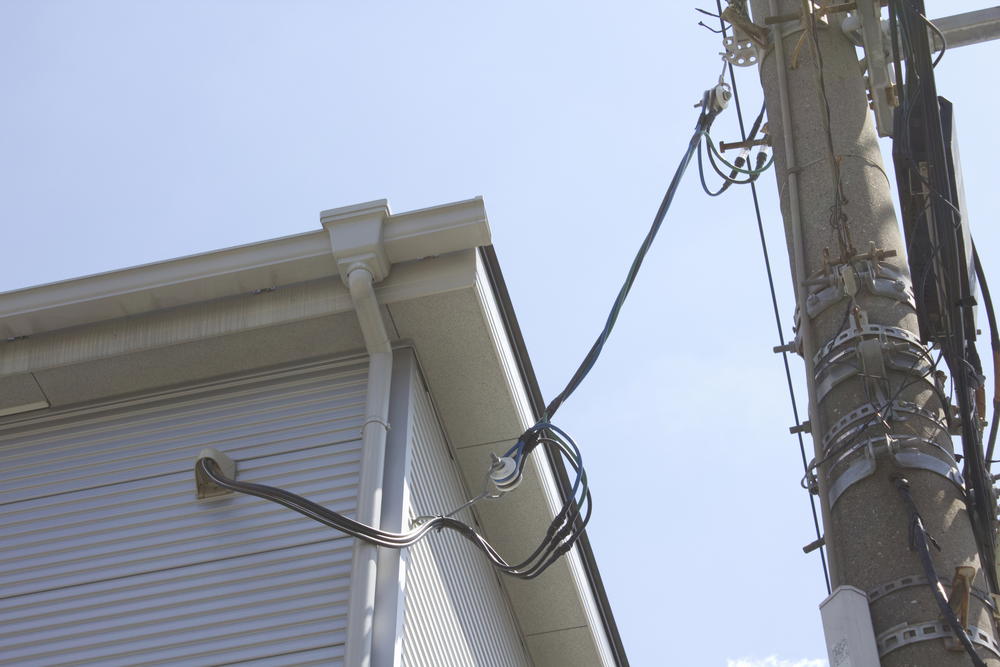If you’re working near any live electric lines, you’ll need to take precautions to avoid seriously injuring yourself or others. You probably know the basics, but here’s a good refresher for you.
Identify the risks
It’s important to plan ahead so you know just what you’re working with and how you can reduce the risk of electric shocks on the job.
Identify all of the overhead lines in the area where you’ll be working and assess the risks involved. Then make a plan for how you will reduce or eliminate this risk.
Eliminate the risks
One of the safest options for work between 0.5 and 4 metres from an overhead line is to isolate the electricity supply while the work is being carried out.
This involves disconnecting the property’s electricity supply, so you’ll need to make sure that everyone involved is aware of this, including the owner of the property and anyone else working on the site.
Let everyone know just how long the power will be off, who will be affected and when, and what you will be doing to reduce the time that the power will be off.
Reduce the risks
If you can’t isolate the electricity supply for any reason, you’ll need to make sure you and your team are keeping a safe distance away from the overhead line.
This is known as the Minimum Approach Distance or MAD. Keep your team and their tools and equipment away from the line according to the distances below:
- If less than 0.5 m: the electricity supply to the property must be isolated before work starts and until the work is done – there’s really no getting around that at this distance
- If 0.5 m to 4 m: before work starts, written consent is needed from the property owner before work can take place
- If more than 4 m: work can start. Consent from the property owner isn’t needed for work to take place at this distance, but you should still carry out a risk assessment and put control measures in place.
You can also look at using insulated or non-conductive coverings on the overhead line, and a safety observer can be used to keep the team a safe distance away.
